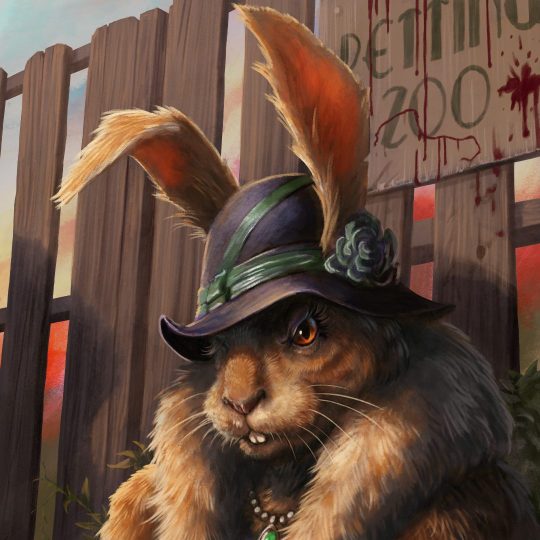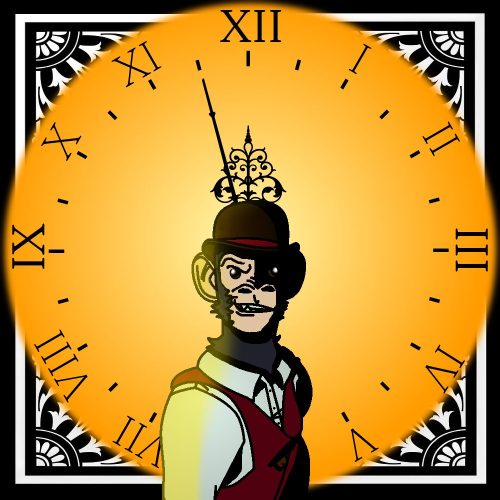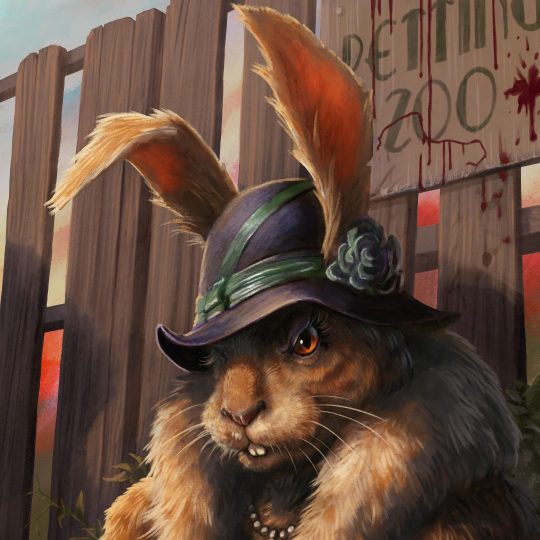
Chartopia, Part 3: Complex Tables
 Hello again, friends! In the last article I showed you how Chartopia can be used to create a combat encounter table; I used a sewer adventure as an example. That table works perfectly fine by itself, but sometimes your games require something a little more complex. Let me demonstrate how to make that sewer combat table more intricate.
Hello again, friends! In the last article I showed you how Chartopia can be used to create a combat encounter table; I used a sewer adventure as an example. That table works perfectly fine by itself, but sometimes your games require something a little more complex. Let me demonstrate how to make that sewer combat table more intricate.
Our combat encounter table determines what type of adventurers you can have in the sewer. But how often should we be rolling on this table? Should there be a chance that the encounter doesn’t happen at all? Both of these things are relevant and Chartopia can accommodate both.
So, let’s say that for this table we decide to roll every half hour a party spends travelling in a sewer, from which a combat occurs 15% of the time. This can be represented by an 18, 19 or 20 on a d20 roll.
In other words, after every half an hour of game time we roll a d20 to determine if there is a combat encounter.
If the result is between 18 and 20, we roll another d20 to determine what combat encounter occurred.
From there we roll one of a number of different dice to check how many creatures are encountered; if it’s a group of adventurers, figure out why they’re hostile.
With clever chart authorship in Chartopia, all this activity can be condensed into a single button press. How’s that for streamlining the DM’s narrative?
To do this I need a parent table that can query the information on the combat encounter table if necessary.
This is actually a very simple table to make. I make a table that rolls a d20. On a result of 1, I want it to say “No encounter”…

…and then on a result of 18 or higher I press on the ‘Linked Chart” button.

From here I remove the “select which” table to call upon and how many times I need to roll on that table. For my purposes I only need to roll on it once, so I won’t change that. By pressing the “select chart” button I can link to any other table I’ve made; in this case my sewer encounter chart.
Of course, we could make this even more complex. What if we wanted to create some non-combat encounters as well? We could add a simple list of environment encounters in the sewers. By following the instructions from last week’s article, I’ve made the following table:

… and decide that on a roll of 16 or 17, this table is queried and rolled on. I can add that on the parent table so it looks like this:

And there we have it. With a single dice roll we can determine if there is going to be an encounter and resolve one of two possible types of encounters. With publicly viewable tables you could still go old-school and roll those dice yourself! Be sure to check this set of tables out; the parent table is right here.
There’s a whole heap of ways this can be implemented. For further inspiration, refer to Alpacaone’s Tavern Name Generator or the Treasure Hoard tables from the Fifth Edition Dungeon Master’s Guide work.
This gives you everything you need to start making simple and complex tables! So, we’re done now, right? Not even close! There’s a lot of extra features we haven’t even begun to touch on, so come back next time to learn more of what you can do with Chartopia!
Related articles
[amazon_link asins=’0786965622,B002DH20Q0,B000E7E9JM’ template=’ProductCarousel’ store=’nerdarchy-20′ marketplace=’US’ link_id=’895744d1-e524-11e6-a19f-5b9a7b597e5d’]












No Comments